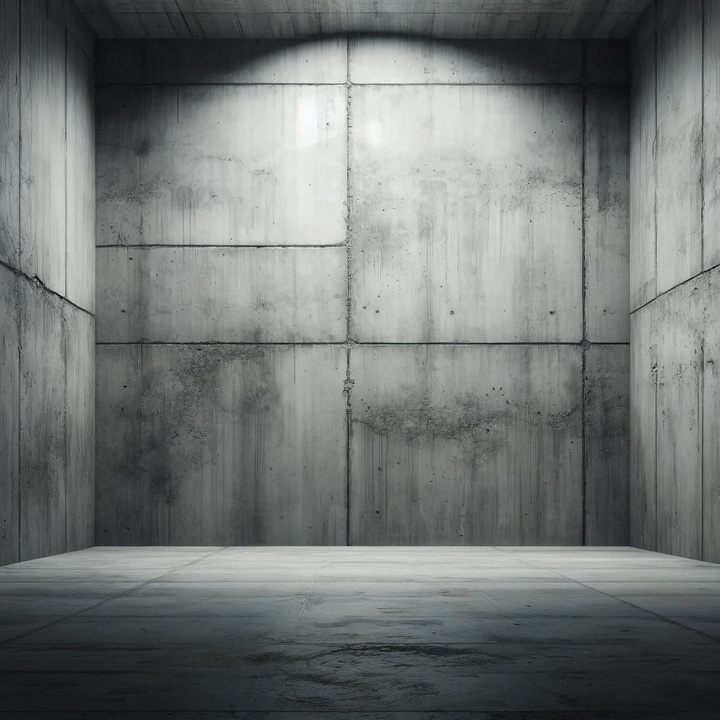You’ve heard the phrase ‘a stitch in time saves nine,’ right? Well, when it comes to ensuring a dry, leak-free basement, this old adage rings especially true.
With the increasing sophistication of waterproofing technologies, you can bid adieu to the nightmare of a flooded basement or the constant dampness that threatens your home’s integrity. This discussion will provide you with an insight into the most innovative waterproofing methods available in the market today. You’ll learn not just about the materials employed, but also the techniques that can be tailored to suit your home’s specific needs, offering you a long-term, cost-effective solution.
However, the question still lingers: how do you determine which method is best for your home? Let’s explore this further.
Key Takeaways
- Interior sealants and exterior waterproofing are essential methods for preventing basement leaks.
- Utilizing waterproofing materials like liquid membrane, sheet membrane, and crystalline waterproofing can enhance the effectiveness of waterproofing projects.
- Innovative techniques such as interior water drainage and French drain systems play a significant role in keeping basements dry.
- Regular maintenance, inspections, and timely repairs are crucial for ensuring the longevity and effectiveness of basement waterproofing systems.
Understanding Basement Waterproofing
To fully waterproof your basement and prevent leaks, it’s crucial to understand the various methods and materials involved in the process. First, let’s talk about the interior sealants. These are often the first line of defense, and you can easily apply them to your basement walls and floors. They seal the pores in your concrete and masonry, blocking minor leaks from seeping in. However, they’re not a permanent solution for major leaks.
Exterior waterproofing, on the other hand, is a more comprehensive and effective method. It’s also more labor-intensive and expensive. This method involves excavating around your home’s foundation and applying a waterproof coating or membrane on the exterior wall. It’s designed to prevent water from making its way into your basement.
Modern Waterproofing Materials
When it comes to keeping your basement dry, today’s waterproofing materials offer advanced, efficient solutions that significantly outperform traditional methods. You’re no longer limited to tar-based products or plastic sheeting. Nowadays, manufacturers have engineered high-performance materials that provide comprehensive protection against moisture.
The first is a liquid membrane, a thin coating applied in layers. It’s flexible, quick to install, and it seals your basement thoroughly. The second is a sheet membrane, a thick, durable material that’s mechanically attached to your basement walls. It’s highly resistant to damage and can protect your basement for years.
Cementitious waterproofing, another modern option, is a cement-based mixture. It’s easy to apply because it’s just like regular cement, but it’s designed to withstand water penetration. And then, there’s silicate-based concrete sealers, also known as densifiers. They’re perfect if you can’t apply waterproof coatings or membranes to your basement walls.
Lastly, let’s not forget about crystalline waterproofing. This technology involves the use of water-reactive compounds that seep into your basement walls, blocking any potential water pathways.
Innovative Waterproofing Techniques
Diving into innovative waterproofing techniques, you’ll find a world of cutting-edge methods that can effectively keep your basement dry and free from leaks. These aren’t your grandpa’s solutions; they’re advanced, efficient, and designed to tackle the toughest water issues.
Interior Water Drainage: This technique involves installing a drainage system inside your basement to redirect water that seeps in. It’s less invasive than exterior methods, and it’s highly effective when done correctly.
- Subsurface Drainage: This involves placing a drain below your basement floor.
- Baseboard Drainage: Here, a drain is installed at the junction of your basement floor and wall.
Exterior Waterproofing: This method requires excavating around your home’s exterior to install a waterproof membrane and drainage system. It’s a bit more involved, but it’s the best way to prevent water from ever reaching your basement walls.
- Membrane Installation: This involves applying a waterproof membrane to your home’s foundation.
- French Drain System: This system collects water from around your home and redirects it away from your foundation.
Case Study: Successful Waterproofing Projects
In exploring successful waterproofing projects, you’ll find real-world examples of how these cutting-edge methods have been employed to ensure a dry, leak-free basement. One such project is a suburban home that faced persistent leaks. They used a three-pronged approach: exterior waterproofing, interior water drainage, and a sump pump installation.
The exterior waterproofing involved a liquid rubber sealant applied to the foundation. This created a durable, flexible barrier that prevented water penetration. For the interior, a water drainage system was installed along the perimeter of the basement. It collected any water seeping through the walls, directing it to the newly installed sump pump. The pump then effectively pushed the water away from the house.
The result? A once damp and moldy basement was transformed into a dry, usable space. The homeowners reported no leaks, even during heavy rainfall. This project demonstrates how using a comprehensive strategy, including both preventative and responsive methods, can effectively combat basement leaks.
Maintenance Tips for Your Waterproofed Basement
While it’s crucial to employ top-notch waterproofing methods like those used in the aforementioned case study, it’s equally important to maintain your basement post-waterproofing to ensure continued dryness. A well-maintained basement not only prolongs the life of your waterproofing solution but also reduces the risk of any future moisture problems.
Here are a few tips on how to keep your basement dry and healthy:
Regular Inspections:
- Exterior Check: Inspect the exterior of your home, especially around the basement area. Look for pooling water or leaky gutters that could lead to water seeping into your basement.
- Interior Check: Look for signs of water damage inside the basement, such as mold, mildew, or water stains.
Timely Repairs:
- Quick Fixes: If you spot any signs of minor water damage, don’t hesitate to fix them immediately. Small issues can quickly escalate if left unattended.
- Professional Help: For major issues, it’s advisable to call in professionals. They can provide effective solutions and prevent future problems.
Conclusion
So, you’ve discovered the marvels of modern waterproofing, right? You’re nearly there. But remember, the journey doesn’t end with application. It’s about diligent maintenance too.
Imagine, your basement, a sanctuary, free from the fear of leaks. Stay tuned for more insights on upkeep in our next piece.
Until then, enjoy your dry, worry-free basement – you’ve earned it.

Jeff’s passion for basement waterproofing can be traced back to his early days at Everdry Waterproofing. He spent significant time working in every department not only to learn and improve but to help those who worked with him advance both personally and professionally.
Jeff has worked in the Waterproofing industry for 35 years, gaining experience in marketing, sales, service, and installations. As a seasoned basement waterproofing professional, he is passionate about advancing his knowledge in waterproofing and developing his team. In addition to basement waterproofing, he is also a board member for a non profit that educates and protects consumers against unethical business practices. Outside of the office, Jeff enjoys travel, music, and time with his wife of 36 years and his two sons.
Curious about the brains behind the great content here? It’s me, Jeff Schleuning, with 35+ years of expertise in the basement waterproofing industry and a rich history of owning a Basement Waterproofing franchise in Michigan.
My journey has equipped my team and I with invaluable insights, enabling to craft content that resonates with the audience using industry-leading online tools. Incorporating tools like SEMRush, Google Keyword Planner, AI technologies like ChatGPT, Claude-2, Google Bard, and Grammarly, we ensure the content is not just engaging but also strategically aligned with market trends.








